Crown treatment will re-establish lost teeth, bolster remaining teeth and help you keep up ideal dental wellbeing.
In case you're confronted with losing your tooth, crown and extension treatment might be the appropriate therapeutic choice for you. This long-term solution can assist in avoiding the cycle of issues that can happen when only one tooth is absent, for example, moving of the rest of the teeth, rot, periodontal infection and loss of bone.
Crown-at times called a "cap" - is a tooth-like covering set over a deliberately arranged existing tooth. Used to reinforce, re-establish or enhance the appearance of your natural tooth, a crown is put on an individual tooth much like a thimble over your finger. Notwithstanding being utilized to reinforce a tooth to make a tooth stronger to contain the attachment of a fixed extension, crowns serve various functions. A rare amongst the most widely recognized is to bolster the tooth when there is no longer adequate tooth structure left to put a filling. Crowns may likewise be utilized to protect the structure of a tooth that is broken or cracked.
Crowns are manufactured synthetic caps, typically made of a material like porcelain, set on the top of a tooth.
Crowns are commonly used to re-establish a tooth's capacity and appearance after a therapeutic procedure, for example, a root canal. At the point when rot in a tooth has turned out to be advanced to the point that huge segments of the tooth must be expelled, crowns are regularly used to re-establish the tooth.
Crowns are likewise used to attach bridges, cover implants, keep a split tooth from turning out to be more terrible, or a current filling is in risk of turning out to be loose or disengaged. Crowns likewise serve as an aesthetic, and are applied when a discolored or stained tooth needs to be re-established to its regular appearance.
A bridge is a custom gadget tied down to neighboring teeth that replaces at least one missing teeth. At the point when a lost tooth is supplanted with bridgework, the teeth on either side of the missing one must be set up as crowns to fill in as projections to hold the prosthetic (substitution) teeth in place.
Crowns and bridges are regularly produced using predominant materials, for example, semi-precious or valuable metals, porcelain or a mix of metal fused to porcelain. Both appearance and capacity are considered while selecting the material most suitable for you.
When a permanent tooth is lost - whether it is because of dental rot, periodontal (gum) ailment, damage or accident - can bring about numerous difficult issues for your adjacent teeth. Since the support and biting strengths are changed, the rest of the teeth may start to move. The opposing tooth above or underneath the lost tooth can start to move down, up or out of the socket, which can quicken periodontal ailment and further destroy the bone structure. On the off chance that the missing tooth is not replaced, more teeth may inevitably be lost because of the wrong force applied amid biting.
Crown and extension treatment switches the adverse effect of missing teeth in various ways:
When we verify that crown and bridge treatment is needed, a progression of appointments will be planned for you. It is critical for you to keep these appointments to avoid any postponements in treatment. At the primary appointment, we finish a careful oral examination, including an assessment of your dental history. Any fundamental x-beams are finished as of now.
Usually, a tooth must be reduced in size to create room for a crown. An impression is made of the current tooth. The impression is sent to a unique lab, which produces a custom-designed crown. At times, an impermanent crown is placed until the permanent crown is available. Permanent crowns are sealed in place.
Crowns are at times mistaken for veneers; however, they are very different. Veneers are normally applied just to moderately little areas.
Amid the therapeutic procedure, we first anesthetize the area to be treated. Next, we painstakingly shape and form the tooth or teeth to be crowned to permit the crown or bridge adequate space for fit and appearance. At long last, we make an impression of the area and fit the teeth required with an impermanent crown or bridge to secure them until your next appointment. The bridge traverses the space where at least one tooth has been lost in the dental curve.
At the accompanying appointment, we assess the last crown or bridge for appropriate fit before putting it permanently, making last changes if required. Different components we deliberately consider as of now include:
Watch over it as you would any of your other teeth you wish to protect! Legitimate oral cleanliness, including flossing at least once every day and brushing twice day by day, is similarly as important as ever to help you keep your gums and teeth healthy, alongside consistent dental cleanliness appointments.
To benefit as much as possible from your investment, it's important that our recommendations are followed - including making changes in your eating routine. We suggest maintaining a strategic distance from sticky foods like caramels, gum and taffy, and crunchy food like hard candy. Furthermore, kindly, don't chew ice cubes!
With adequate care, a great quality crown could last up to eight years or more. It is essential to floss in the area of the crown to prevent abundance plaque or gathering of debris and jetsam around the restoration.
Certain practices, for example, jaw gripping or bruxism (teeth crushing) altogether reduces the life of a crown. Besides, eating brittle foods, ice or hard sweet can trade off the grip of the crown, or even harm the crown.
We'll be glad to answer any inquiries you may have all through your crown and bridge treatment. Amid the procedure, we will do all that we can to guarantee your comfort. We will likely help you to protect your grin for a lifetime.
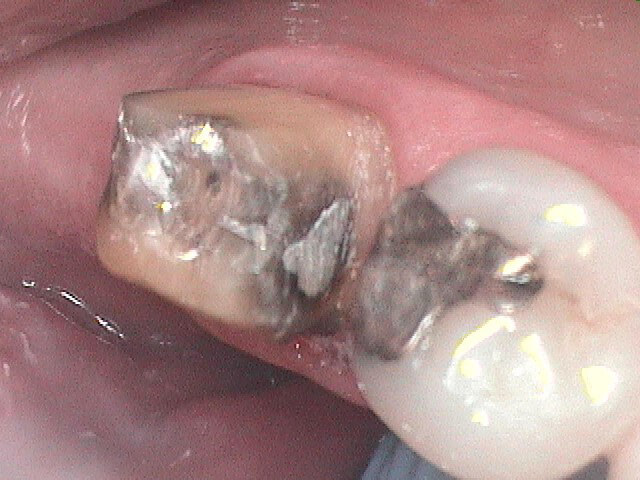
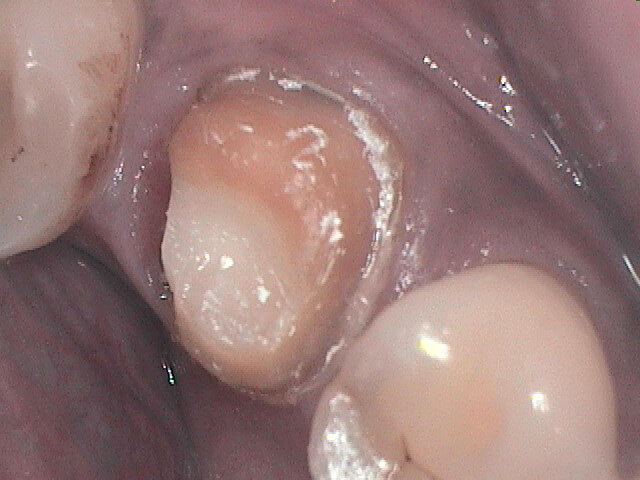
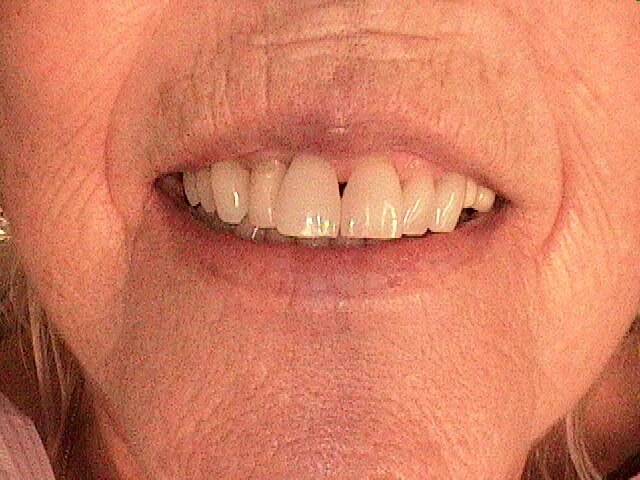
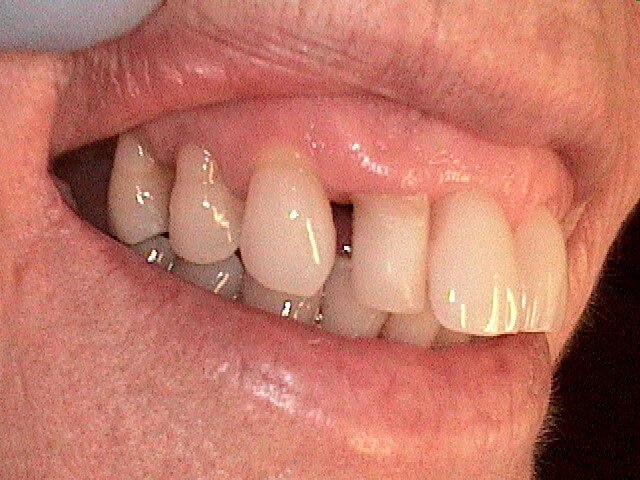
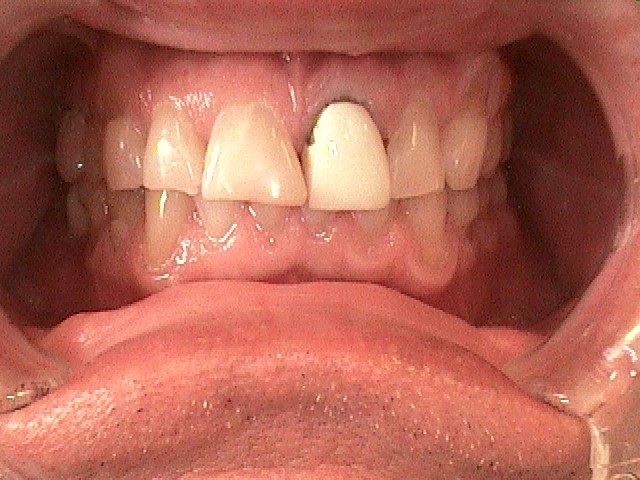
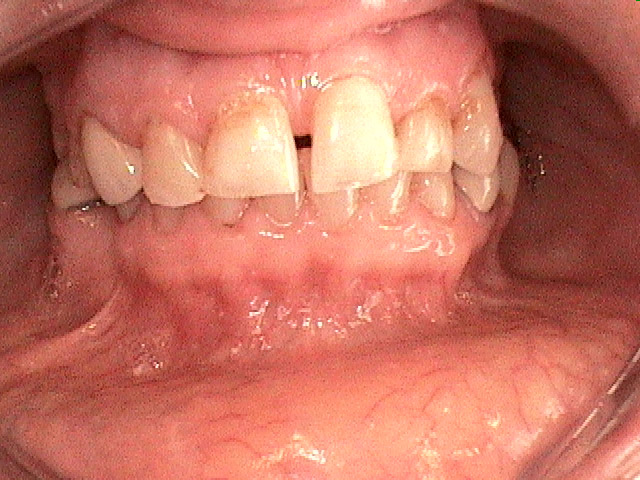
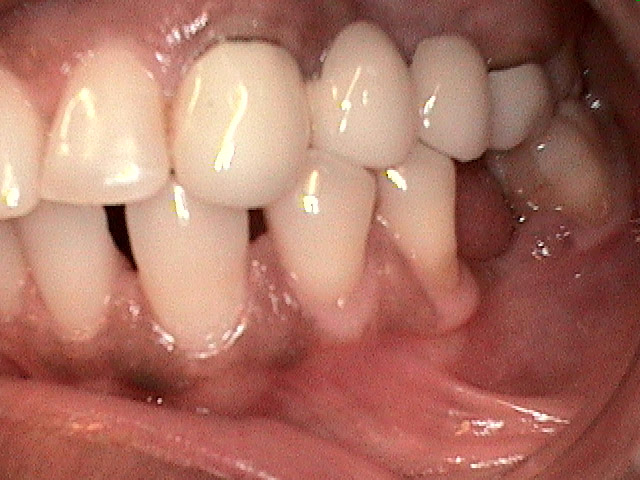
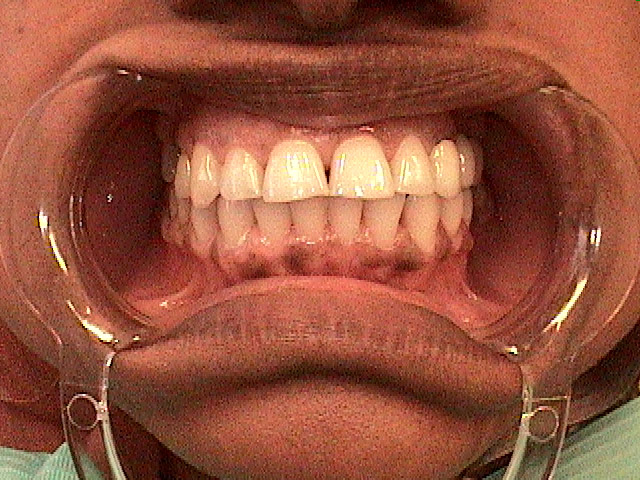
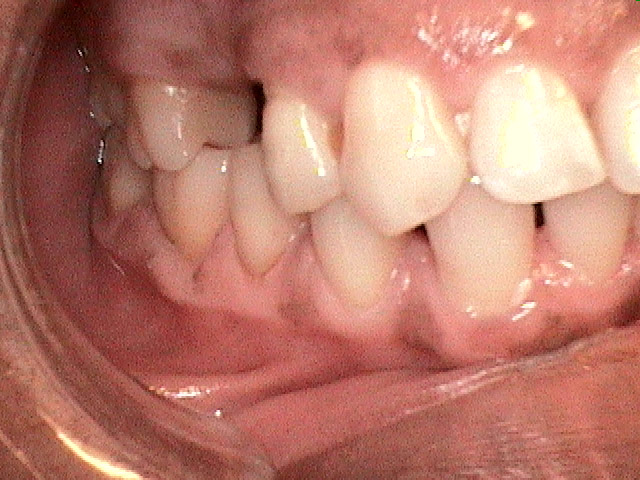
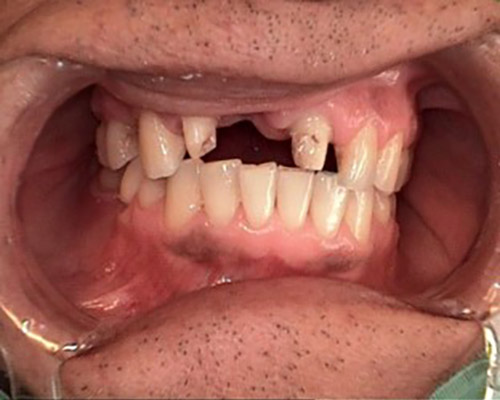
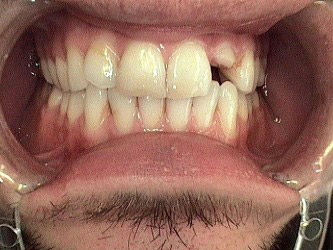
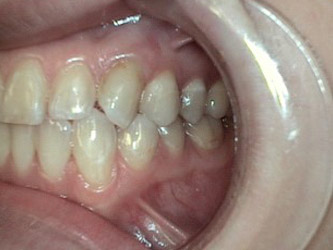
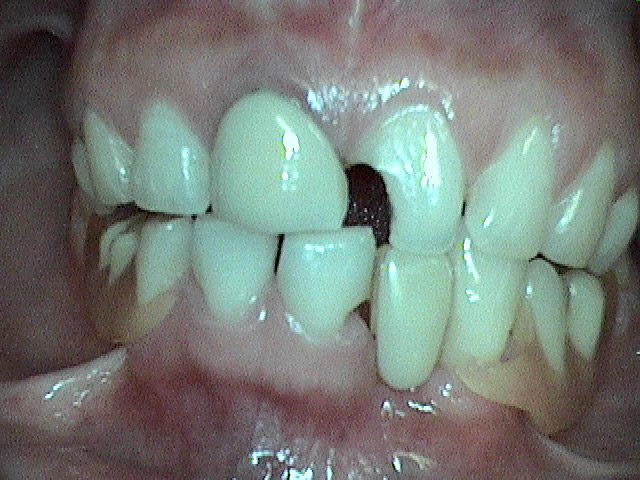
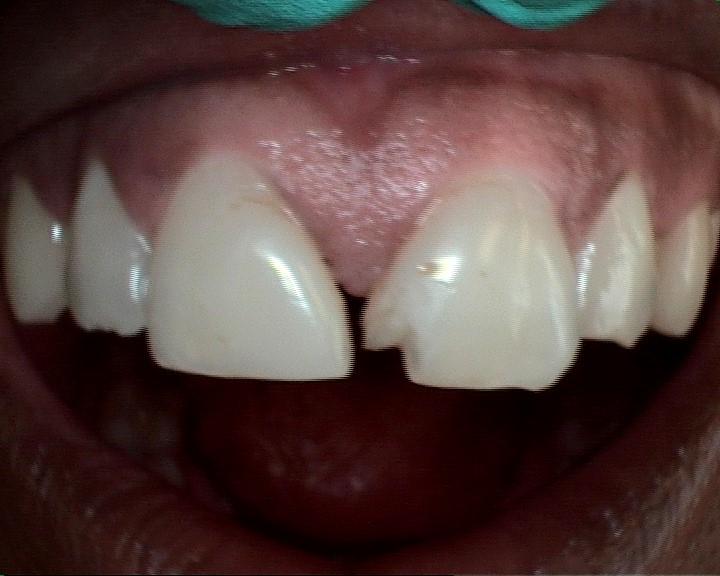
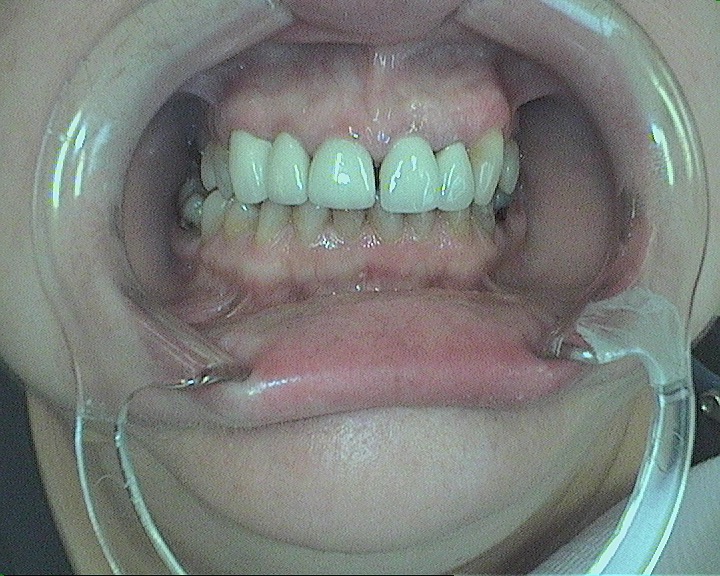
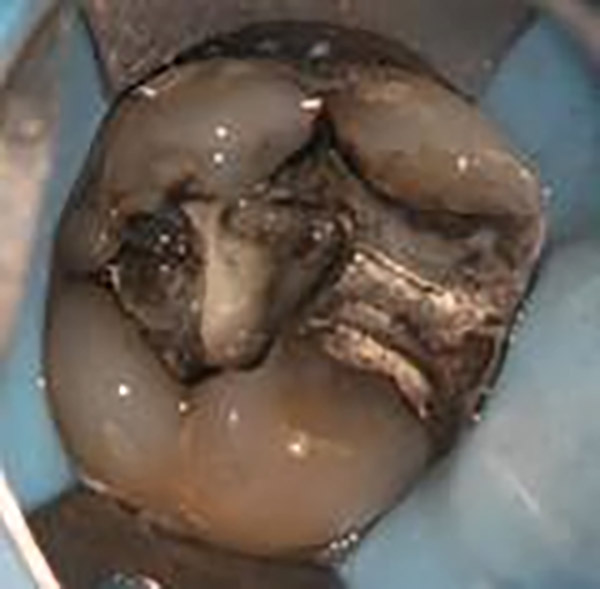
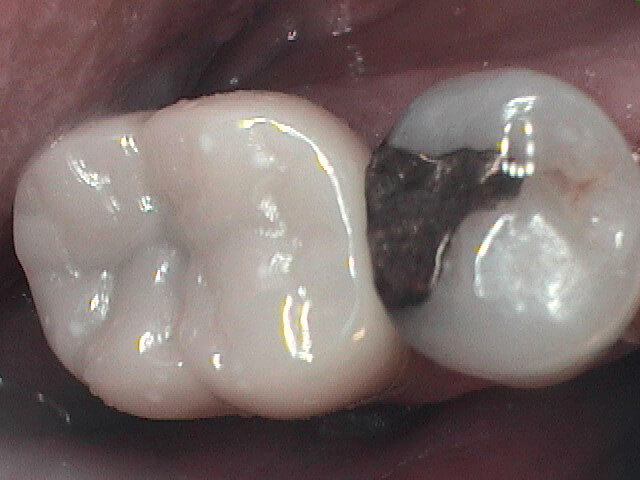
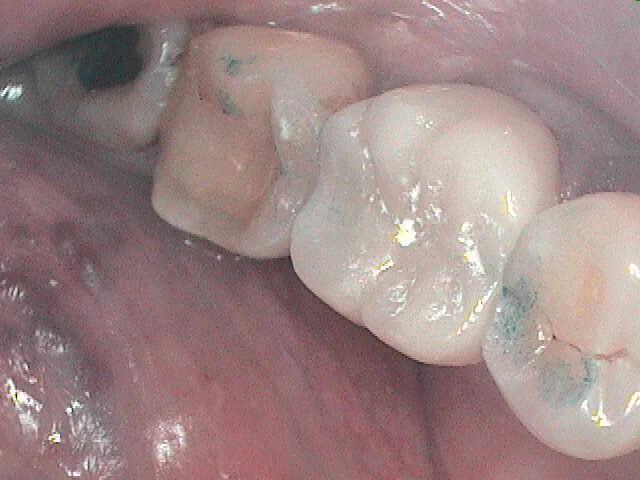
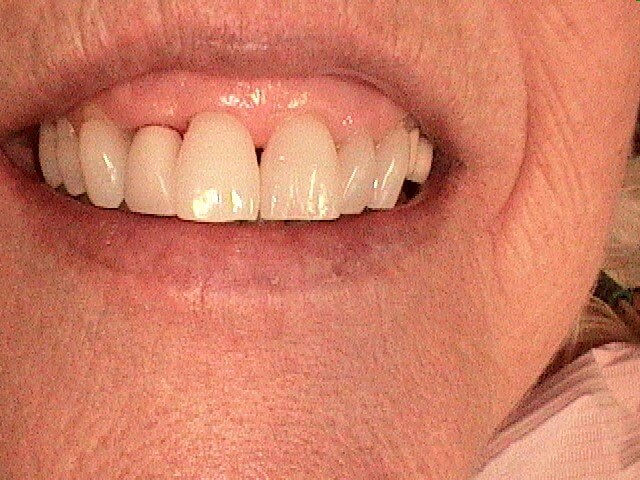
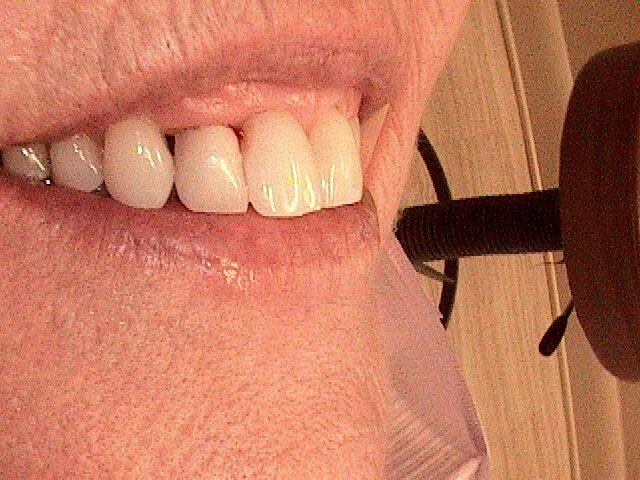
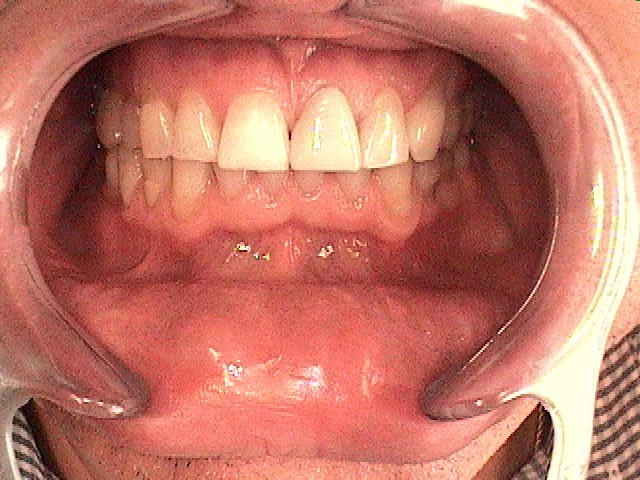
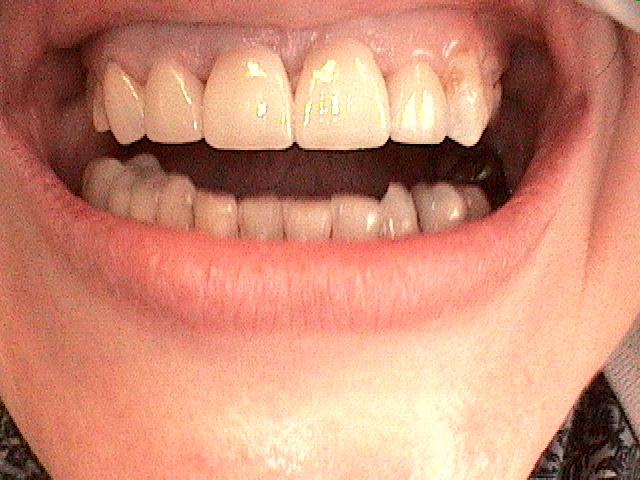
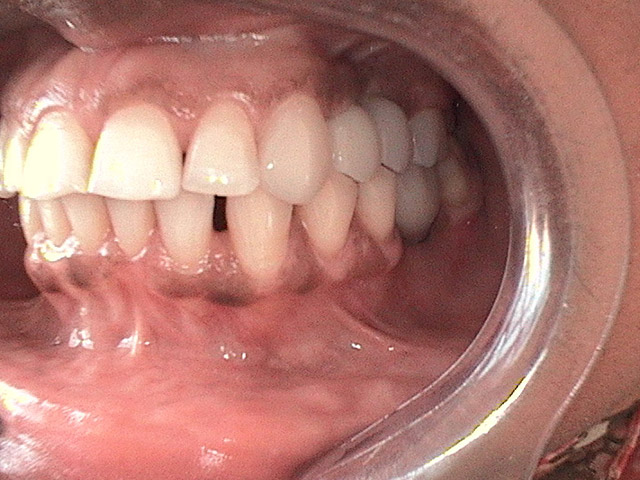
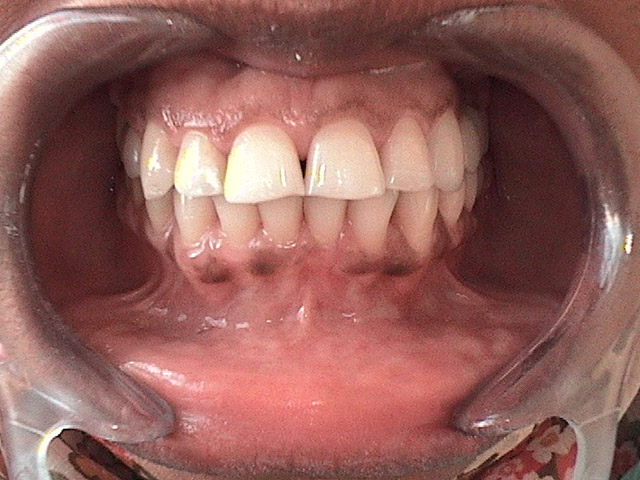
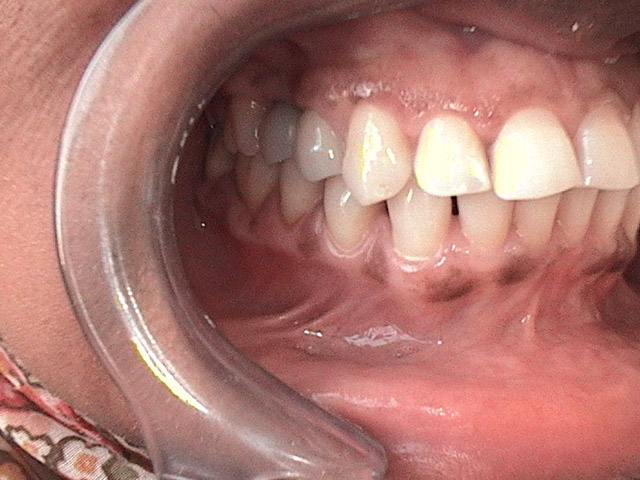
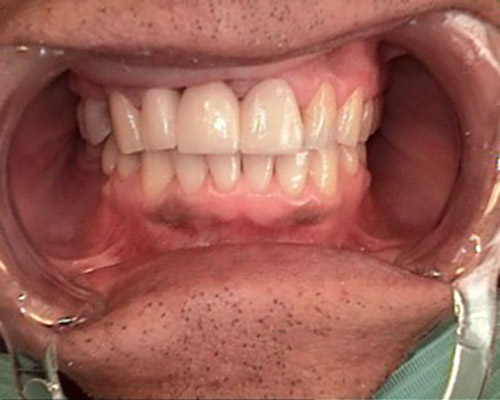
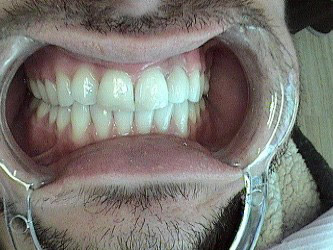
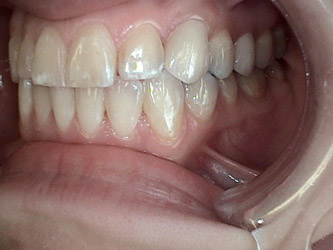
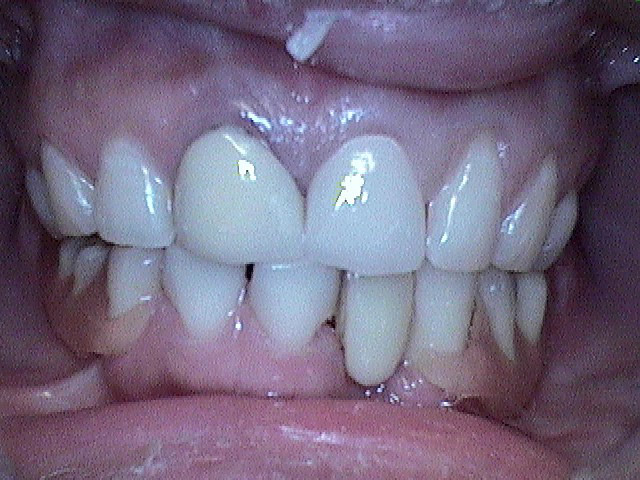
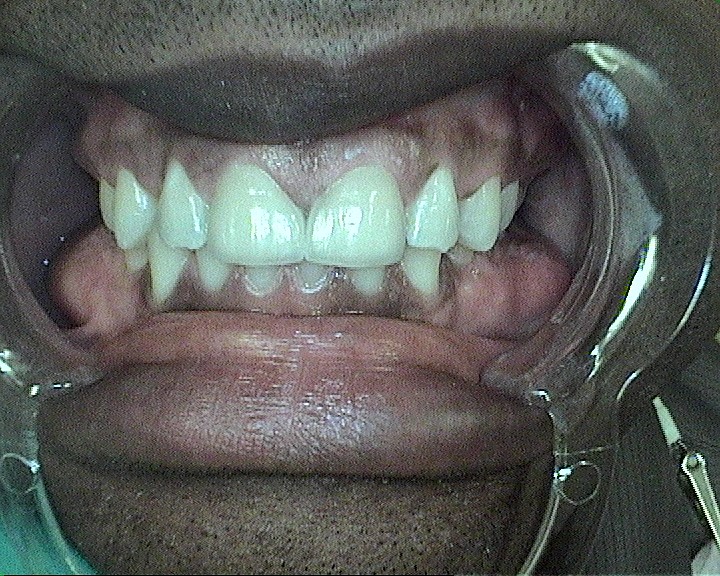
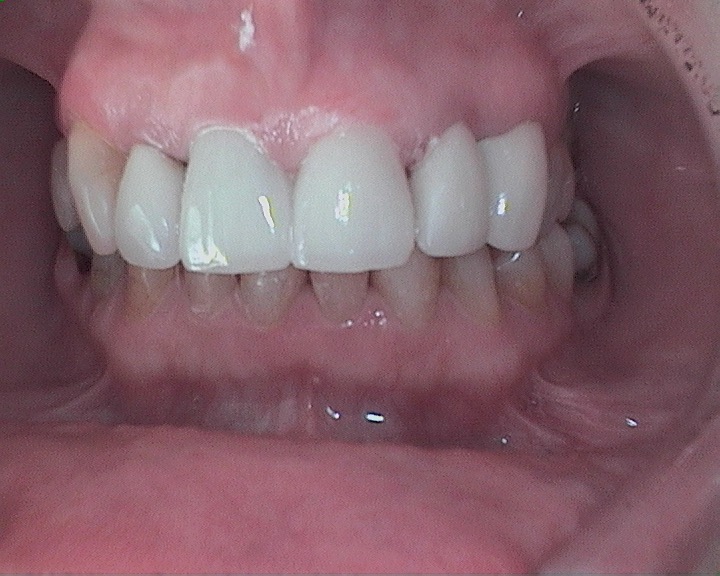
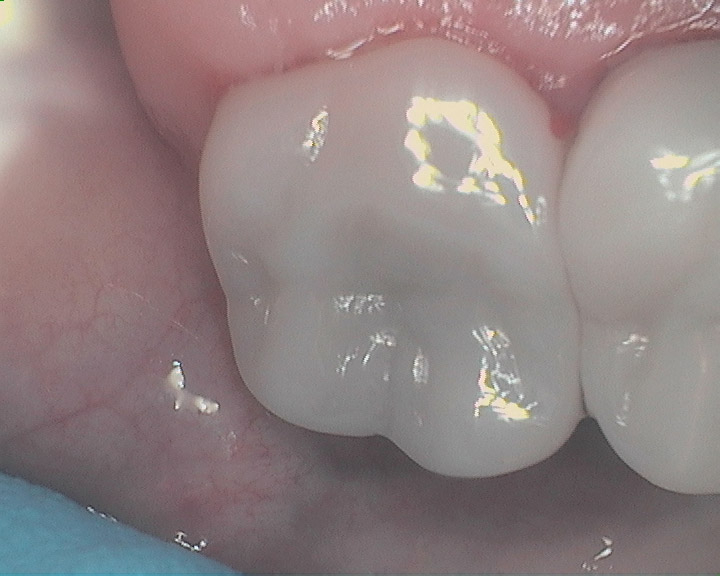
*Extra fees may apply.
Reserve by phone or online: